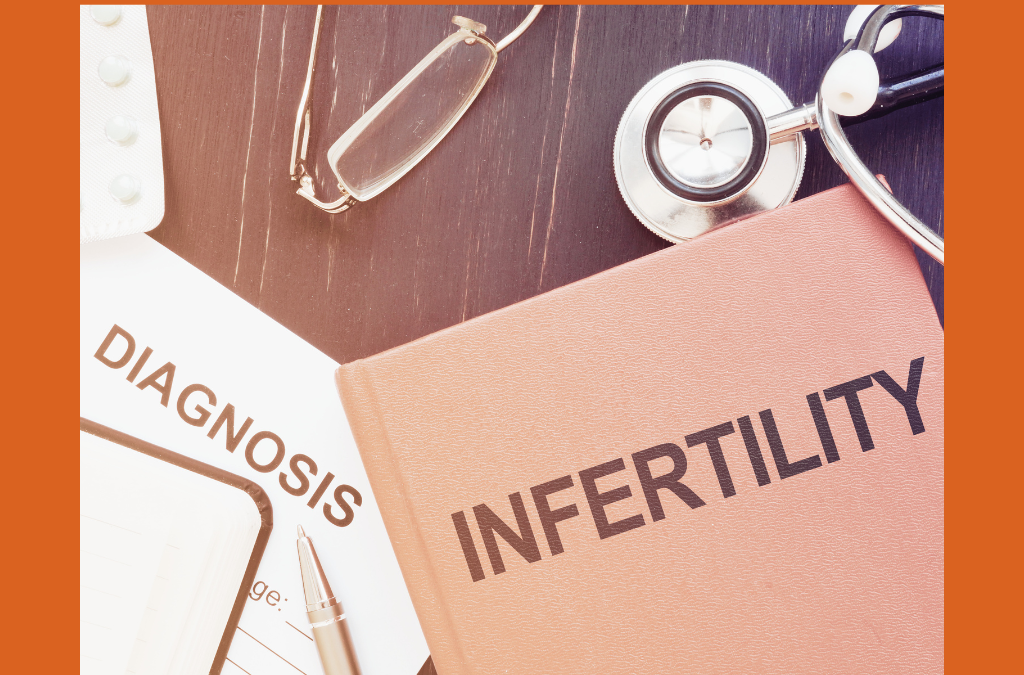
RSVP for Client Ambassador Kickoff Event
April 11, 2024
What Does Being a Mom Mean?
May 2, 2024Celebrating the Strength and Resilience of Those Struggling with Infertility
Infertility is a medical condition characterized by the inability of an individual or a couple to conceive a child naturally despite regular, unprotected sexual intercourse for an extended period, usually around one year for individuals under 35 years old, and six months for those over 35. It's a complex issue that can affect both men and women and may stem from various biological, environmental, or lifestyle factors.
In women, infertility can result from problems with ovulation, such as irregular menstrual cycles or hormonal imbalances, structural issues in the reproductive organs, such as blocked fallopian tubes or uterine abnormalities, or conditions like endometriosis, which can interfere with conception. Additionally, age-related decline in fertility becomes more pronounced as women approach their late 30s and 40s.
For men, infertility may be due to low sperm count, poor sperm motility (movement), or abnormalities in sperm shape and function. Factors contributing to male infertility include hormonal imbalances, genetic disorders, lifestyle factors like excessive alcohol consumption or smoking, and certain medical conditions affecting the reproductive organs.
Infertility can be emotionally challenging for individuals and couples, often causing stress, anxiety, and feelings of inadequacy or disappointment. Seeking medical assistance from fertility specialists or reproductive endocrinologists can help diagnose the underlying causes of infertility and explore treatment options, such as assisted reproductive technologies like in vitro fertilization (IVF), intrauterine insemination (IUI), or medications to stimulate ovulation or improve sperm quality. Additionally, lifestyle modifications, dietary changes, and alternative therapies may also be recommended to optimize fertility health.
Facts About Infertility
1 in 5
Cannot get pregnant after one year after trying
1 in 4
Have difficulty getting pregnant or carrying a pregnancy to term
17.5%
Portion of the worldwide population that struggle with infertility
10%
Cases of infertility with an unknown diagnosis
Resources and Education
Books
Conception: A Fertility Doctor's MemoirDefining Infertility: A Visual Dictionary
Infertility Inferschmility
In the Waiting Time: Messages from Infertility Warriors
Overcoming the Emotional Stigmas of Infertility: Barren But Not Ashamed
Work of ART
Your Future Family: The Essential Guide to Assisted Reproduction (What You Need to Know about Surrogacy, Egg Donation, and Sperm Donation
CLT Resources
Authors Corner: Ali PratoEverything You Wanted to Know About Infertility with Dr. Shweta Nayak
Foundation Official Statement on Alabama Supreme Court Decision on Embryos
Friday Five: What I Wish I Knew Before IVF
Friday Five: Lessons Learned from Infertility
Friday Five: What Infertility Taught Me
Infertility
Providers
Family EqualityFertility IQ Provider Search
Fertility Specialist Search
Resources
American Society for Reproductive Medicine (ASRM)Egg and Embryo Freezing Discussion Guide
Fertility Testing and Treatment Discussion Guide
Get the Most Out of Your First Appointment
International Council on Infertility Information Dissemination, Inc.
IVF Authority
LGBTQ Family Planning: Questions to Ask Your Doctor
Patient Resources
Society for Assisted Reproductive Technology (SART)
Support Groups
Chasing the RainbowsFertility for Colored Girls
Parental Hope
Postpartum Support International
Reproductive Facts
Resolve
Videos and webinars
Costs of SurrogacyEverything You Wanted to Know About Infertility with Dr. Shweta Nayak
Fertility 101
Fertility on a Budget
How to Respond to Why Not Just Adopt When Going through Infertility
IUI
IVF
Kitchen Table Conversations
Managing Fertility Treatment and Work
Pregnantish Video Series
Surrogacy
Related posts
Photo by Priscilla Du Preez 🇨🇦 on Unsplash
April 5, 2024





